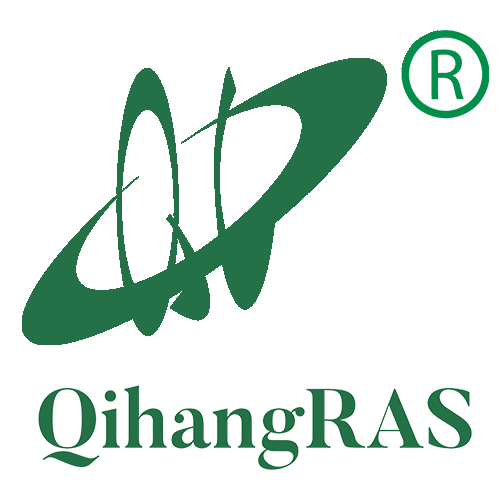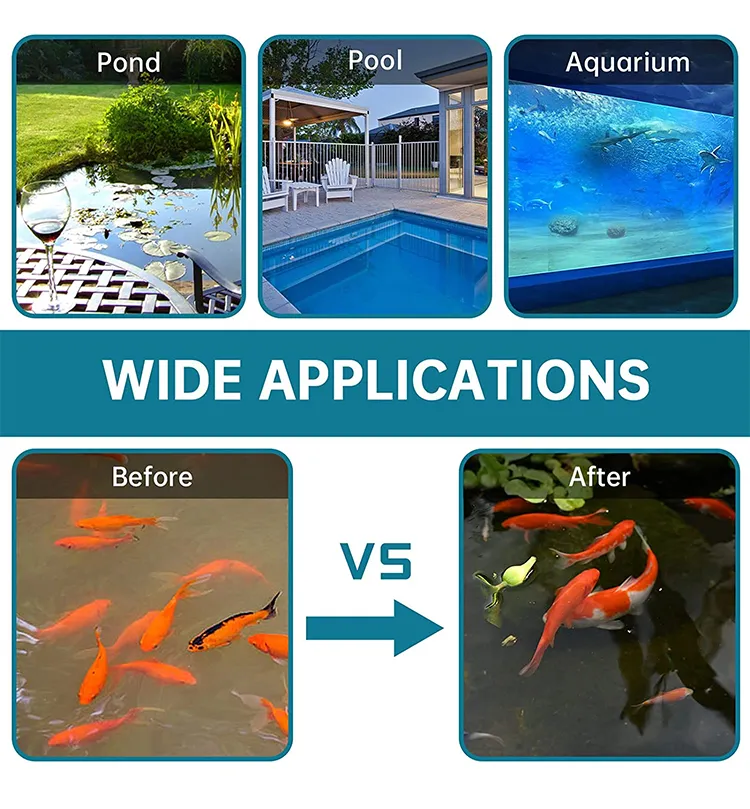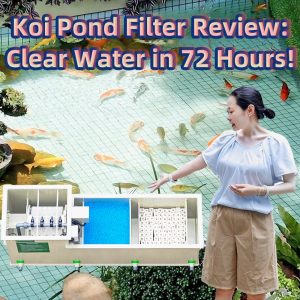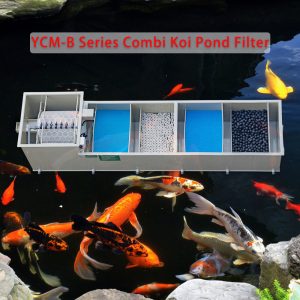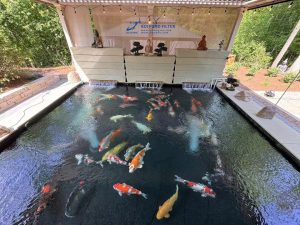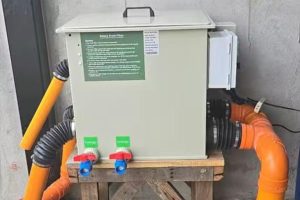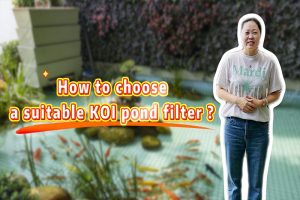Koi (scientific name: Cyprinus rubrofuscus haematopterus) is a variant of carp and is also a very common ornamental fish in ponds.
Cultivate history
Koi carp first appeared in records during the Western Jin Dynasty in China. By the 17th century, koi began to be raised on a large scale in Niigata Prefecture, Japan. Farmers working in rice fields discovered that some carp had brighter colors, so they captured them and raised them home (usually such brightly colored fish are easier to spot and are eaten by birds or other predators). Many koi color patterns were established in the 19th century, such as the famous red and white kohaku, but it was not until 1914 when Niigata koi were exhibited in Tokyo and some were given as gifts to the Crown Prince (later Emperor Showa) that the outside world Only then did I know something about koi. After that, the breeding of koi carp spread from Japan to all over the world. Koi fish are now available in many pet stores. Koi fish were originally native to China and East Asia, but were reproduced and improved in Japan using mating techniques.
Appearance feature
Koi are distinguished by their different colors, patterns and scales. Successfully bred in the 1980s [dubious] and known for its long, smooth fins, butterfly koi are actually a cross between koi and Asian carp and are not true koi.
Koi come in one to three colors, including: white, yellow, orange, red, black, and blue (a light shade of gray due to the black under the fish’s scales), which can be matte or glossy. Although there are endless variations in patterns, the best ones are the small round spots on the top of the head and the stepstone-like pattern on the back. Fish scales may or may not be present, large or small, or wrinkled, like “diamonds.”
Main varieties
KOHAKU – Koi Yusanjia, white body with red accents
TAISHO SANKE – Koi Sanke, white background with red and black markings
SHOWA SANKE – Koi Sanke, black with red and white markings
Writing (UTSURIMONO) – all black with red, white and yellow spots
BEKKO – Main color is red/orange/yellow/white, accompanied by black spots
KOROMO – red and white and covered with blue or silver
GOSHIKI – mostly black with accents of red, white, brown and blue
Light without land (HIKARIMUJI)
Light writing type (HIKARIUTSURI) – two glossy colors
Light pattern (HIKARIMOYO) – two colors; one matte, one light
TANCHO – mostly white with a red spot on the top of the head
KINGINRIN – silvery shine
Light yellow (ASAGI) – light blue back, red/orange belly, white-edged blue scales Origin of koi
SHUSUI – Same as above, but with larger scales on the back
Peacock (KUJAKU)
KUMONRYU
Mutation carp (KAWARIGOI)
UNIQE KOI
German mirror carp (DOITSU) – a mutant individual of European carp, also known as mirror carp (Mirror carp or Kagami goi), German carp (German carp), Doitsu goi

Feeding method
Common carp is an adaptable fish, and koi carp retains this trait. They can be kept anywhere from a fish tank to an outdoor pond, and they can quickly grow to 30 centimeters or more in length, so a traditional indoor fish tank might as well be a round plastic basin. Koi is a cold-water fish, so the water depth for raising koi in hot summer areas is best half a meter or deeper.
If you want to know more about the water quality requirements and treatments for raising koi, please feel free to contact us!
